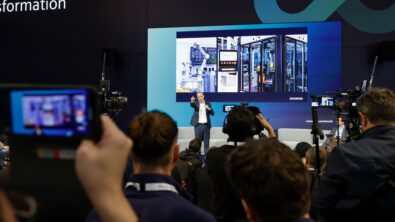BOM Challenges in Automotive Industry
I attended Raghu Padmanabhan’s session yesterday. He is an automotive IT executive from Detroit. He discussed challenges with Bill of Material (BOM) based on the automotive business, and highlighted solution approach to address the same.
He argued that most companies’ have product development execution across multiple global locations. The requirement to get the BOM under control at the enterprise level is reaching a critical stage. Exponential increase in software content is driving the requirement to eliminate legacy BOM applications that were structured purely to support older product architectures which were predominantly based on mechanical parts, to an environment that has to deliver integrated BOM management capability for all content in the product. And, to deliver this capability with lifecycle BOM management needs incorporated into the application, and to manage this BOM data starting in the Product Planning phase, through designing, building, selling, servicing and retiring the product. Without integrated enterprise level BOM management supporting all functional areas, geographical locations and external suppliers, partners and joint ventures, actions such as traceability of quality and other imperatives, reuse, BOM access for Service, and lifecycle enterprise change management are either cumbersome, with redundant or non-value added effort, and potential for errors, or in some cases, cannot be executed.
Consequently, a capability is required for managing enterprise BOM data, where the data access and sharing is possible across functional areas and global extended enterprise locations. This requires establishing a semantic BOM data definition, while relevant to meet enterprise needs, has the necessary data and intelligence to support drill-downs to workgroup level information, for enabling decision-making and change management. Next, applications delivering the logical enterprise-level BOM capability should be rationalized (recommend a Teamcenter based solution) to a minimum set of applications, including ERP solutions such as SAP or Oracle. Finally, this effort to be driven by an enterprise BOM champion assigned to ensure solution requirements and architecture implementation (suggested source being a leader in the Service organization) can support cross-functional enterprise needs.
It seemed the presentation was well received by members of the audience.


